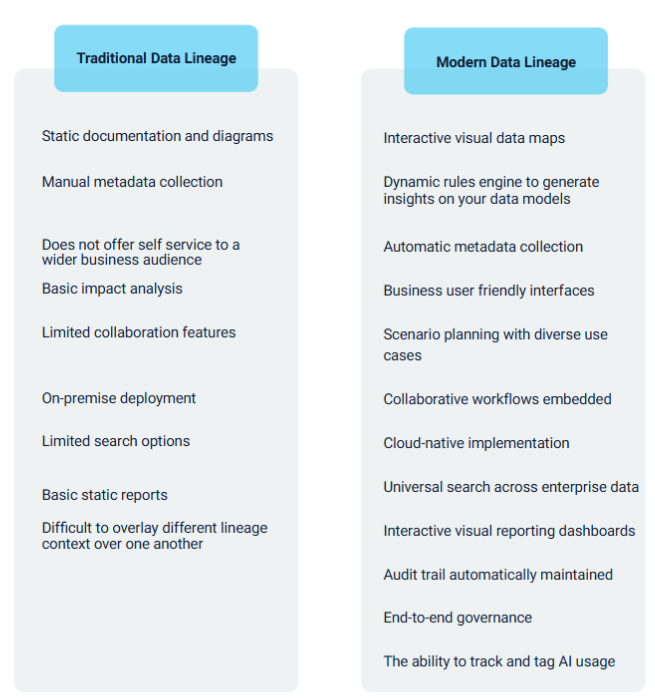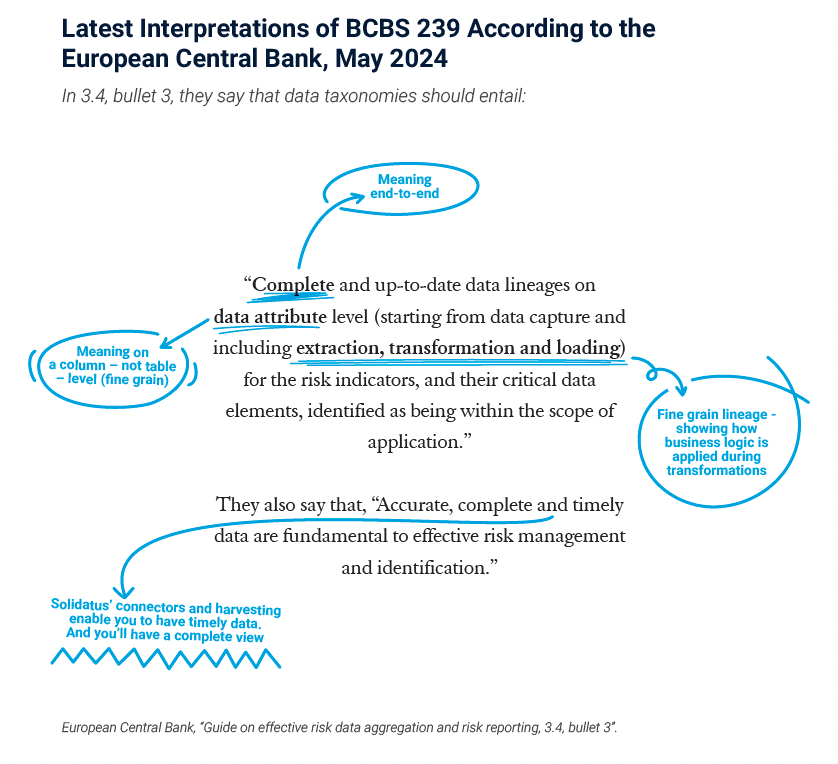Advanced Data lineage: The Cornerstone of Modern Data Governance

What is data lineage?
Data lineage maps the origin and flow of data across enterprise systems, showing upstream sources, downstream usage, interconnected applications, and dependencies. It has a history spanning several decades, originating in the early days of database management systems. Yet, only in the last two decades has it become mainstream with the increasing complexity of data ecosystems and the growing importance of data governance and compliance.
Traditional vs Modern Data Lineage
Traditional data lineage tools offer static diagrams that mostly trace technical flows, quickly becoming outdated and providing limited governance. In contrast, modern data lineage tools like Solidatus enhance these flows by incorporating business context, ownership and accountability – bridging the business-technical divide and providing value to the business.

A new New Era of Data Lineage
As enterprise data ecosystems grow more complex, comprehensive visibility into data lineage becomes critical, shifting businesses from a fragmented view of data assets to total visibility across interconnected systems.
This form of ‘connected governance’ allows leaders to see where information enters, where it’s stored, and what impact it has on operations and key decisions. Enhanced control and deeper understanding lead to risk reduction, improved operational efficiency, and substantial time and cost saving.
The Solidatus Way
While there are numerous quality data lineage tools in the market that offer enterprise visualizations, Solidatus distinguishes itself in several key areas:
1. Enterprise data blueprints that are highly customizable
Solidatus transforms data blueprints from static diagrams to dynamic, interactive reflections of the enterprise, enabling the exploration of evolving interdependencies of all systems – across the entire business. With user-driven highlighting and manipulation of connections, teams can intuitively explore and reveal powerful insights across siloed systems. Evergreen data blueprints bring understanding by unveiling the living dynamics between data and decisions.
2. Deep impact analysis that packs business power
Solidatus brings Git-style version control to data models, enabling decentralized collaboration. Groups can modify data models, advancing independently, before integrating updates into an authoritative enterprise data blueprint. This facilitates efficient communication and exploration of impact change scenarios for both business and IT users. For example, users can evaluate the downstream impacts and integration points of replacing a legacy system with newer technologies or simulate what impact a supply chain disruption might have on downstream manufacturing processes and business units. This uses bi-temporal version control technology.
3. Evergreen data intelligence through supercharged connectivity
Connectors link data lineage tools with applications and infrastructure across enterprise tech stacks; unlike typical approaches, Solidatus connectors don’t just copy schema, they conduct deep, real-time analysis to map system architecture and define relationships. Through identifying metadata changes by comparing them to previous versions, users can assess the impact of fine-grained changes on connected systems, maximizing insights.
Discover how data lineage can help overcome critical business challenges in our new whitepaper: Advanced Data Lineage:
A Blueprint for Business Success








